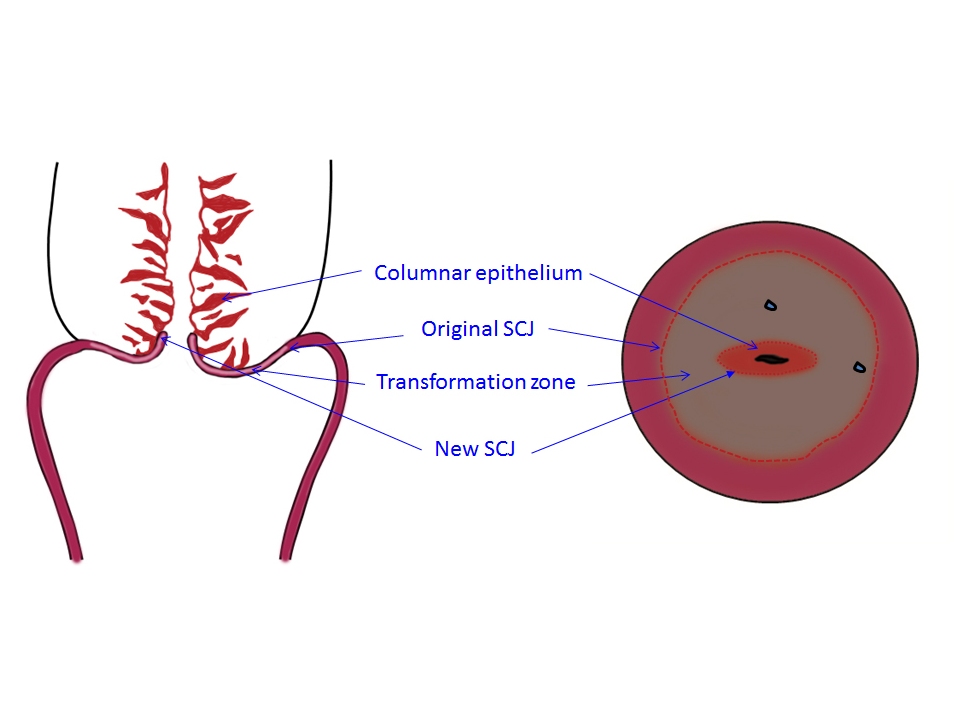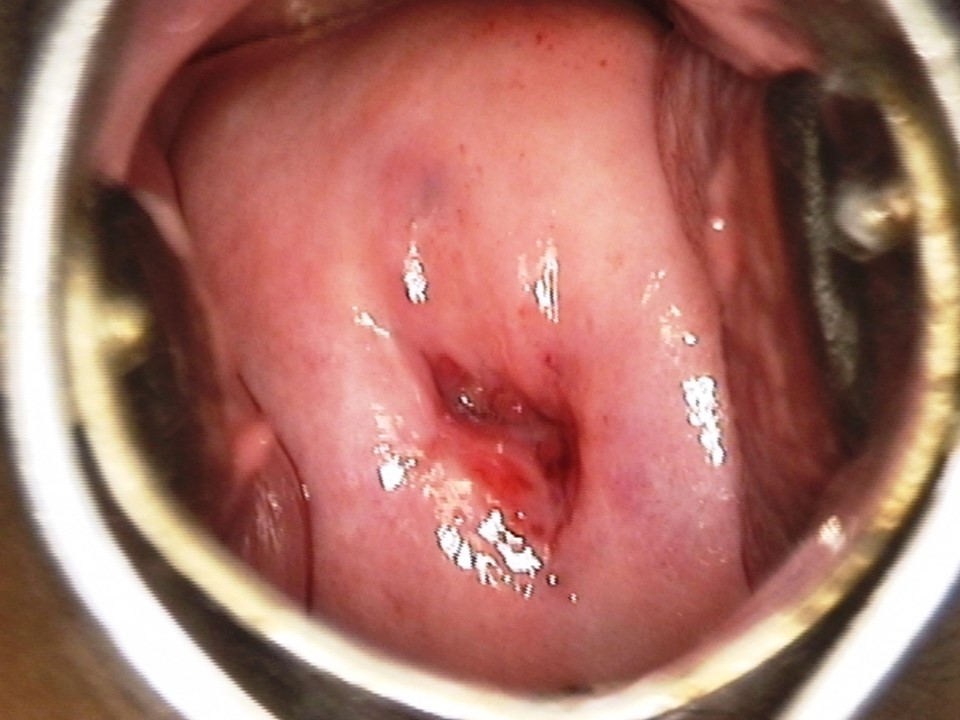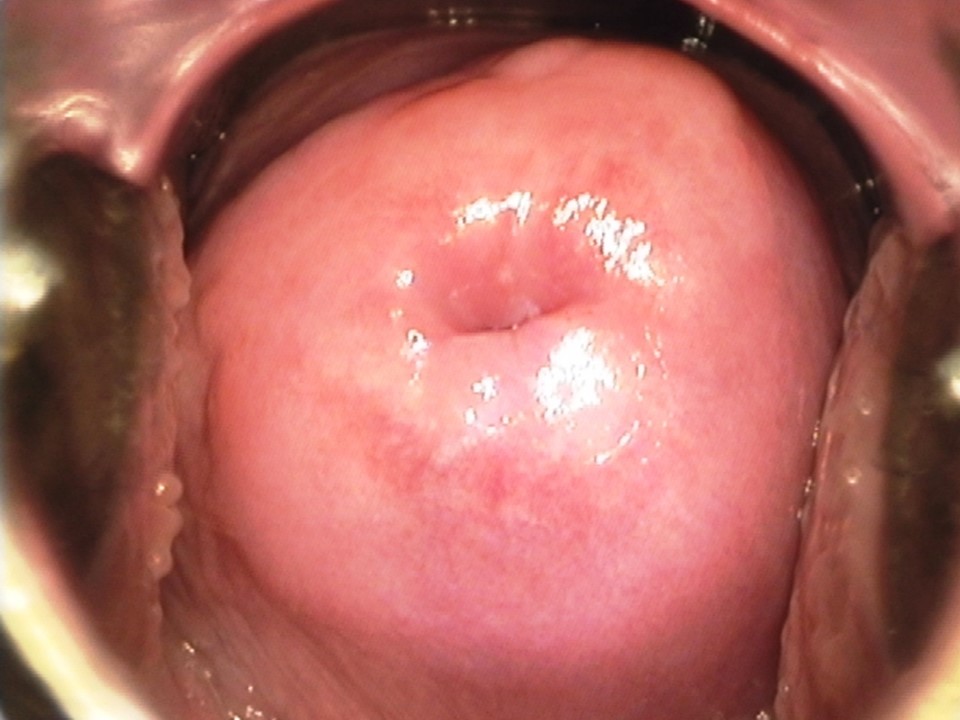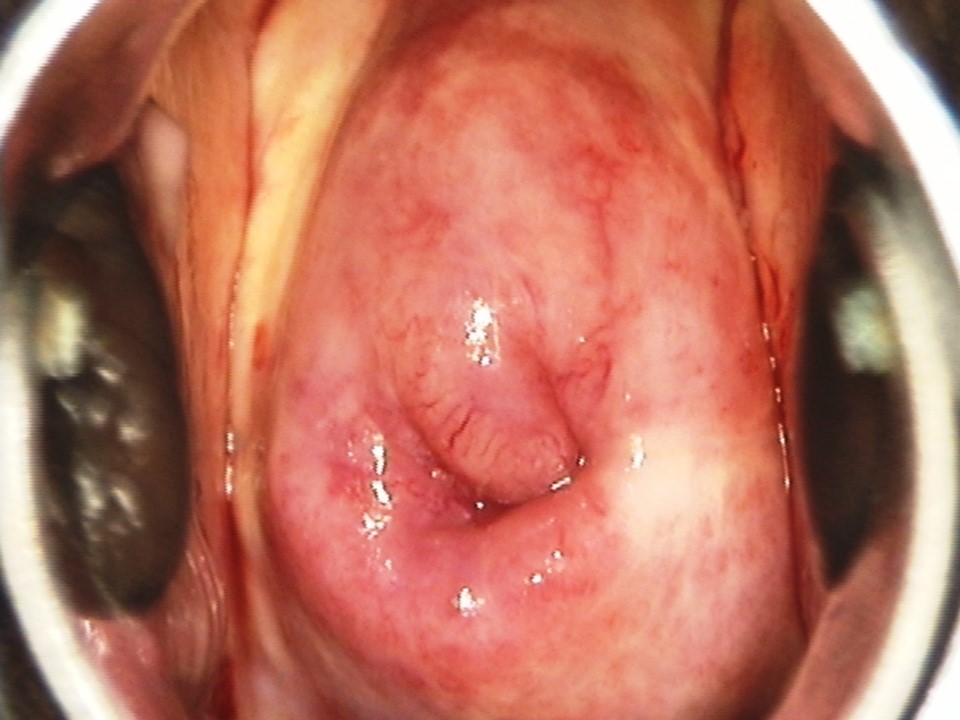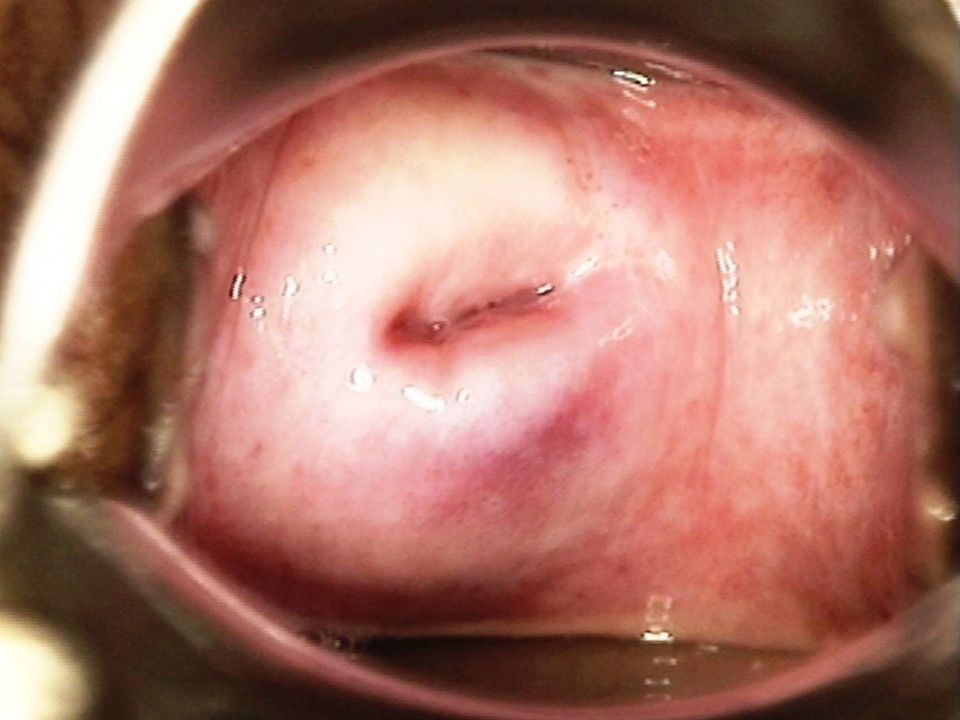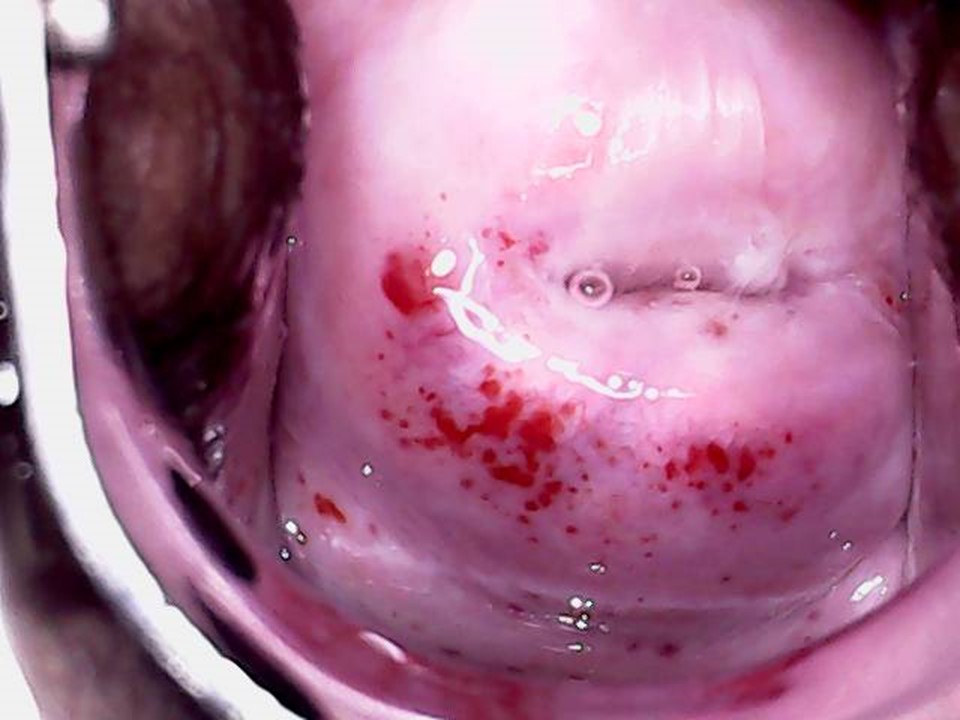Introduction
Different approaches to screening and treatment of cervical precancer
Anatomical considerations
Physiological changes of the cervical epithelium
Neoplastic changes of the cervical epithelium
HPV tests – Variation between tests
Instruments, consumables, and setup required
Procedure to collect samples for HPV testing
Interpretation of HPV test results
Management of women with a positive HPV test result
Treatment of cervical intraepithelial neoplasia – principles
Steps to determine eligibility for ablative treatment
Role of Lugol’s iodine in identifying the transformation zone for treatment
Treatment by cryotherapy
Treatment by thermal ablation
Using an HPV test as the test of cure in women treated for cervical abnormalities or cervical intraepithelial neoplasia (CIN)
Infection prevention
Case studies
VIA triage outcome (applicable in screen-and-treat setting only) – negative cases
VIA triage outcome – positive cases
VIA triage outcome – suspicious of cancer cases
Foreword
Acknowledgement
Authors
Suggested citation
Copyright
Home / Training / Manuals / Using HPV tests for cervical cancer screening and managing HPV-positive women – a practical online guide / Learning
Using HPV tests for cervical cancer screening and managing HPV-positive women – a practical online guide
Filter by language: English / Français / EspañolPhysiological changes of the cervical epithelium – Atrophic changes | Click on the pictures to magnify and display the legends |
With advancing age, the cervix shrinks because of waning levels of estrogen. This leads to a gradual shift of the SCJ into the endocervical canal. Thus, in a postmenopausal woman, the SCJ lies partially or completely inside the endocervix and is often difficult to fully visualize during the examination. With the shift of the SCJ, the TZ also shifts into the endocervical canal and is located partially or completely inside the canal. The atrophic epithelium appears pale pink. The stromal blood vessels are easily visible through the thin epithelium. The thin epithelium is easily prone to trauma, resulting in subepithelial haemorrhages. These patchy haemorrhages are visible as multiple tiny red spots on the ectocervix and are known as petechial haemorrhagic spots. Microscopically, the atrophic epithelium lacks the superficial and intermediate layers of cells, and as a result contains little or no glycogen. The next section discusses a physiological change of the cervix known as the congenital transformation zone. |
IARC, 150 Cours Albert Thomas, 69372 Lyon CEDEX 08, France - Tel: +33 (0)4 72 73 84 85 - Fax: +33 (0)4 72 73 85 75
© IARC 2026 - All Rights Reserved.
© IARC 2026 - All Rights Reserved.




